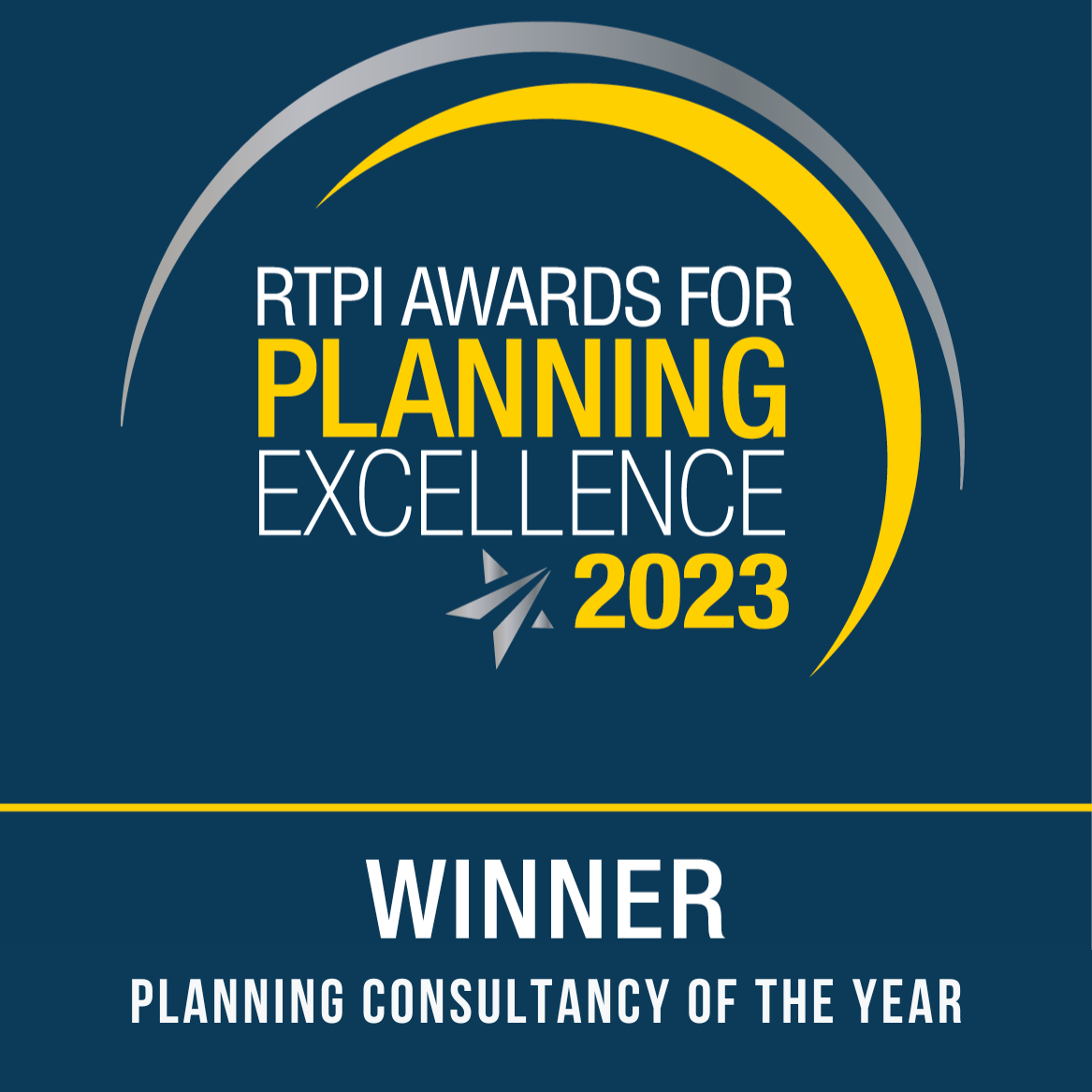Inspector endorses 70,000 new homes for Leeds – but rejects the Council’s delivery strategy
Leeds City Council’s proposals to plan for 70,000 new houses over the next 16 years appears to have been accepted by the planning inspector examining the draft Core Strategy, following its examination in October. This will disappoint many in the development industry who have called for a significant increase.
The Council’s strategy of a ‘step up’ approach to delivering these houses (i.e. a fewer number of houses per year in the short term increasing after the first four years) has, however, been rejected. This means that the Council cannot currently demonstrate a five year housing land supply.
The Plan’s ‘soundness’
The inspector has identified 39 modifications which he considers are necessary to make the Core Strategy ‘sound’. He has not commented on policies relating to affordable housing and gypsy and travellers, revised versions of which will be examined in May, as well as three specific policies which he is concerned will have viability implications for affordable housing targets.
These interim comments (in advance of his binding report, to follow further examination sessions in May) suggest he has endorsed the majority of the Plan. The Core Strategy is some time off being adopted.
Council’s housing figures accepted
Having made no comment at this stage on the Council’s proposed housing requirement of 70,000, it would be surprising if the inspector subsequently recommended any other figure. The arguments of both housebuilders and campaign groups, for higher and lower provision respectively, appear to have been rejected. The reasoning will become apparent when his report is published later this year.
The inspector’s rejection of the Council’s proposed delivery trajectory, however, has significant implications for the release of land for housing in Leeds over the next five years. This will tip the balance back towards the house builders.
Rejection of the ‘step up’
The Council had proposed to meet the overall requirement via a ‘step up’ in the annual target, from a lower figure of 3,660 houses year annum up to the end of 2016/17, increasing to 4,700 per annum thereafter.
In rejecting the step up, and not suggesting an alternative, the inspector is advocating a constant annualised target over the plan period of 4,375 dwellings pa. This significantly increases the number of houses required in the early part of the plan period, with immediate implications for the all-important five year housing land supply test (which the NPPF requires local authorities to maintain at all times).
The Council’s rationale for lower initial targets was based on the implications of economic factors on new household formation and the consequent influence on demand in the short term. The inspector’s rejection of this approach corresponds with the Government’s objective of boosting housing delivery.
The Council’s most recent assessment of their five year supply is circa 22,000, against a requirement of 23,000.
We consider that the gap between the requirement and supply is potentially much larger. The actual requirement figure increases when an allowance is made for low housing delivery during previous years, while there is strong evidence to demonstrate the actual number of deliverable sites is significantly lower than that assumed by the Council.
Implications
The absence of a five year supply means that the Council will continue to find it difficult to defend against unwanted applications.
In order for the Council to robustly defend against sites they do not want to see developed, they will need to identify the sites on which they wish to see housing delivered. However, the delays in adopting a Core Strategy translates to a delay in the subsequent Site Allocations document, resulting in yet more pressure on the Council in the immediate future.














